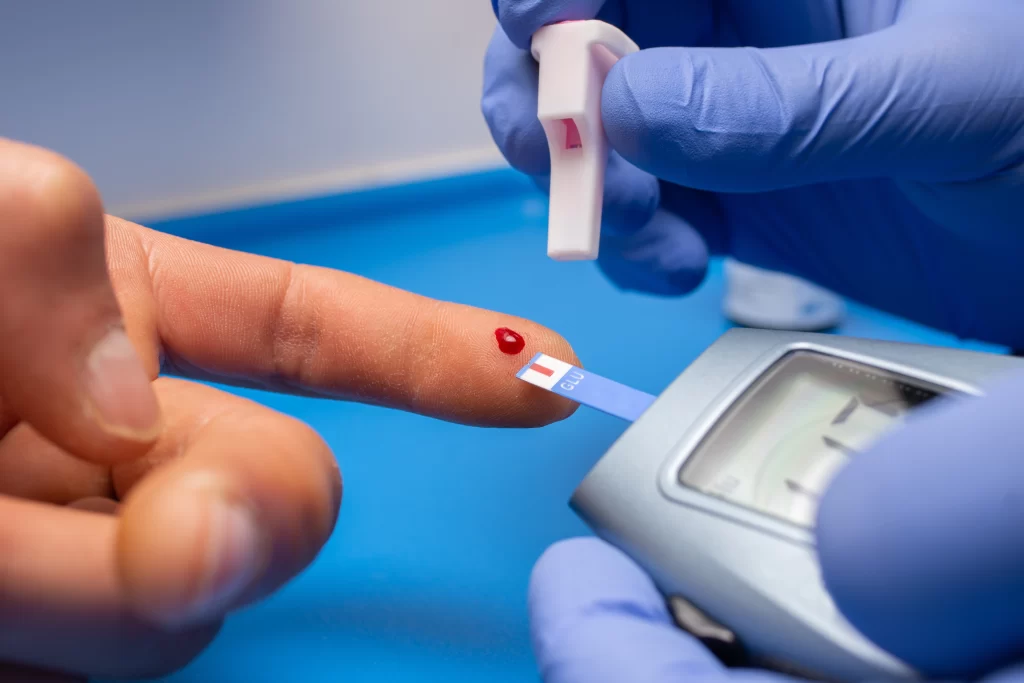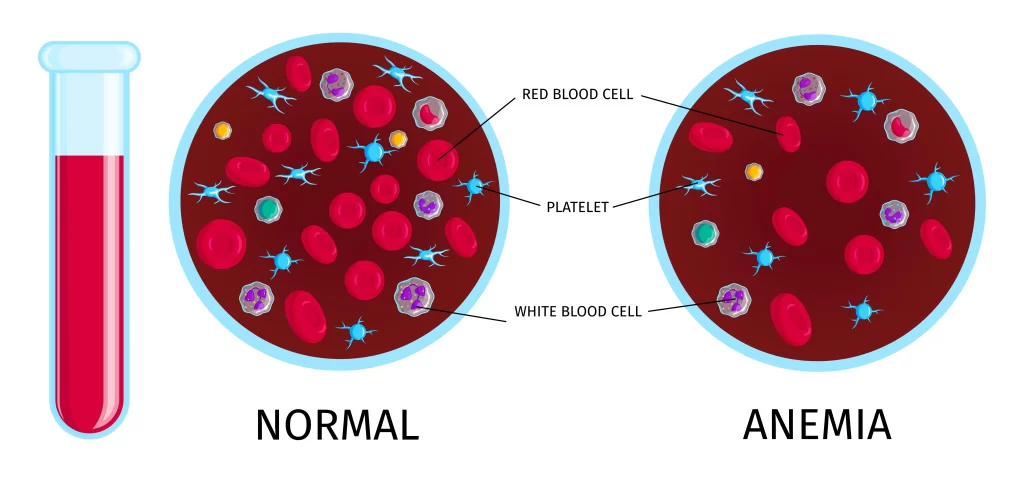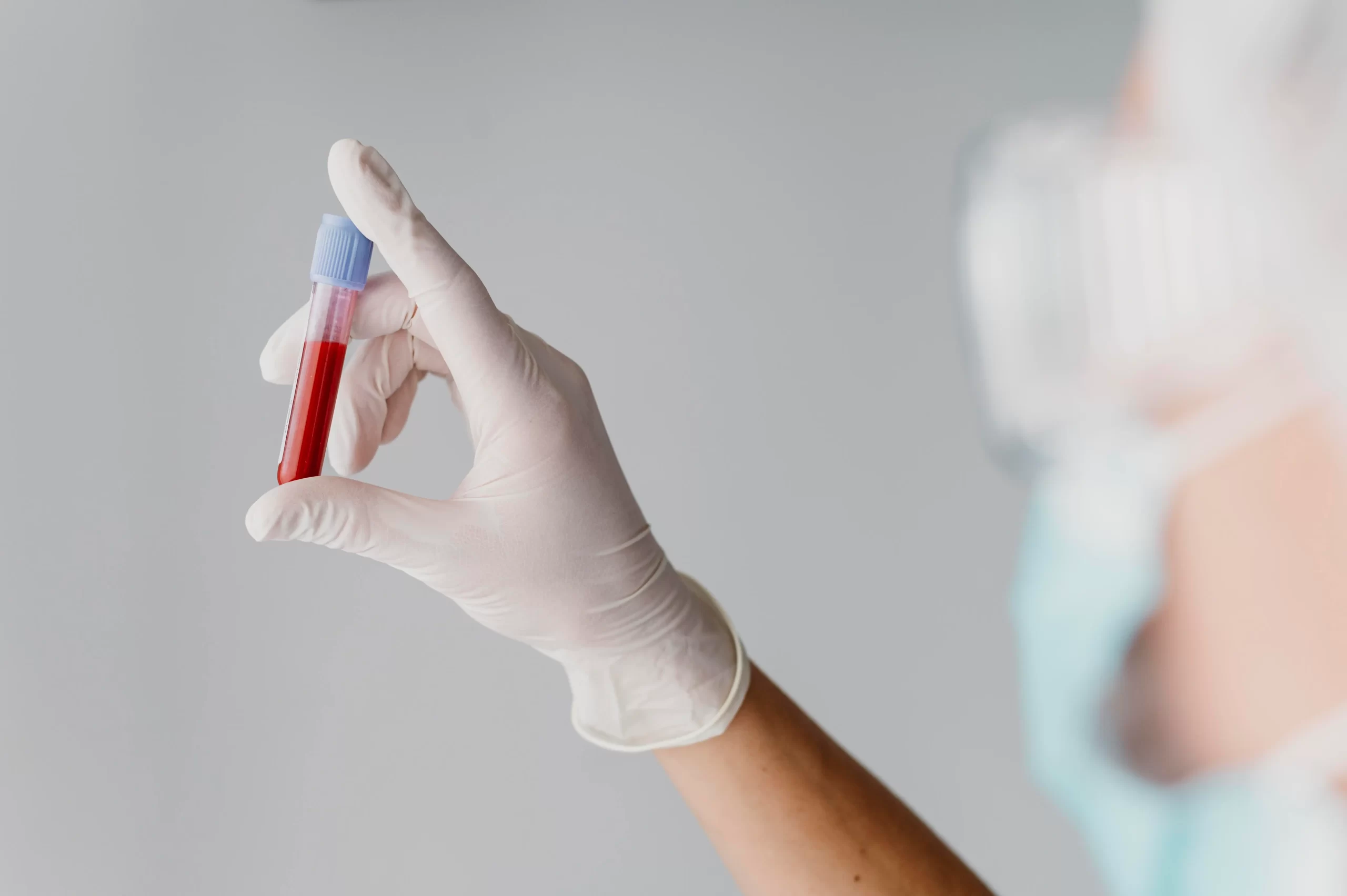Blood tests can help your doctor determine how different organs in your body are working. Examples of organs whose malfunctions can be visible in a blood test including trusted source your heart, thyroid, liver, or kidneys.
Book your blood test now:
Your doctor can also use blood tests to search for markers of diseases and health conditions such as:
Diabetes:

Diabetes symptoms often start suddenly and are often the reason for checking blood sugar levels. Because symptoms of other types of diabetes and prediabetes come on more gradually or may not be easy to see.
HIV

An antigen/antibody test looks for both HIV antibodies and antigens. Antigen/antibody tests are recommended for testing done in labs and are common in the United States. This lab test involves drawing blood from a vein. There is also a rapid antigen/antibody test available that is done with blood from a finger stick.
Anemia

To diagnose anemia, your health care provider is likely to ask you about your medical and family history, do a physical exam, and order blood tests. Tests might include: Complete blood count (CBC). A CBC is used to count the number of blood cells in a sample of blood.
Cancer

Circulating tumor cell tests detect cancer cells in your blood. The cells might be in the blood if they’ve broken away from where they started and are spreading to other parts of the body. Circulating tumor cell tests are mostly used after a cancer diagnosis.
Coronary heart disease

Troponin T is a protein found in heart muscle. A high-sensitivity troponin T test helps health care professionals diagnose a heart attack. The test also shows the risk of heart disease. An increased level of troponin T has been linked with a higher risk of heart disease in people who have no symptoms.
Even if a person does not have heart disease, a blood test can show whether they may be at risk of developing the condition.
Other blood tests can indicate whether the medications you’re taking are working properly or assess how well your blood is clotting.
When Do you need a Blood Test?
You would typically undergo a blood test in the following cases:
- During your annual physical exam: Your doctor may order a general blood test such as the complete blood count (CBC).
- You’re at risk of a health condition: You may need to undergo a specific blood test if you have a higher chance of developing a specific disease or condition or if you have a known genetic mutation that can cause a condition.
- You have a known condition: Sometimes,you already have a diagnosis, but your doctor needs to know how your condition is progressing or to evaluate your treatment.
- You’re having symptoms: If you are experiencing symptoms, your doctor may need to run a blood test to confirm a suspected diagnosis or to see if you need more specialized testing.
- You’re pregnant: During pregnancy, your doctor will do a CBC and test your blood type.
- Before surgery: You may need to do a blood test if your surgeon wants to check for anything that might put you more at risk during the procedure, such as excessive bleeding, for example.
- You want to optimize your health: Knowing the levels of various blood components, such as HDL and LDL cholesterol, can allow you to tweak your diet or fitness plan to maximize healthy habits.
- Regarding routine blood tests, recommendations call for, at minimum, a lipid test starting at age 20 and every 5 years after that for people with a low risk of heart disease. For people at a higher risk of heart disease, more frequent lipid testing may be necessary. In addition, you should get a blood glucose test if you are 40-70 years old and overweight or have obesity.
Regarding routine blood tests, recommendations call for, at minimum, a lipid test starting at age 20 and every 5 years after that for people with a low risk of heart disease.
For people at a higher risk of heart disease, more frequent lipid testing may be necessary.
In addition, you should get a blood glucose test if you are 40-70 years old and overweight or have obesity.
Importance of Blood Test
While a blood test is simple for you—with the exception of feeling “a little pinch”—the actual diagnostic process behind the scenes is quite complex, requiring specialized equipment and technicians.
Even before your blood is tested, it needs to be properly prepared for the analyzer. It might be spun very fast to separate the blood cells from the fluid portion of the blood, creating a serum or plasma sample.
Then the blood analyzer device counts and identifies the shape and size of blood cells, or measures chemical reactions to detect concentrations of certain molecules in blood. Finally, the results are verified by a trained lab professional and returned to your doctor.
Types of Red Blood
- Blood Group A:
- A positive (A+)
- A negative (A-)
- Blood Group B:
- B positive (B+)
- B negative (B-)
- Blood Group AB (Universal Recipient):
- AB positive (AB+)
- AB negative (AB-)
- Blood Group O (Universal Donor):
- O positive (O+)
- O negative (O-)
In addition to the ABO and Rh systems, there are other less common blood group systems that include various antigens and subtypes. These systems may have clinical significance in certain medical situations, such as blood transfusions or pregnancy. Some examples of other blood group systems include the Kell system, Duffy system, and Kidd system.

